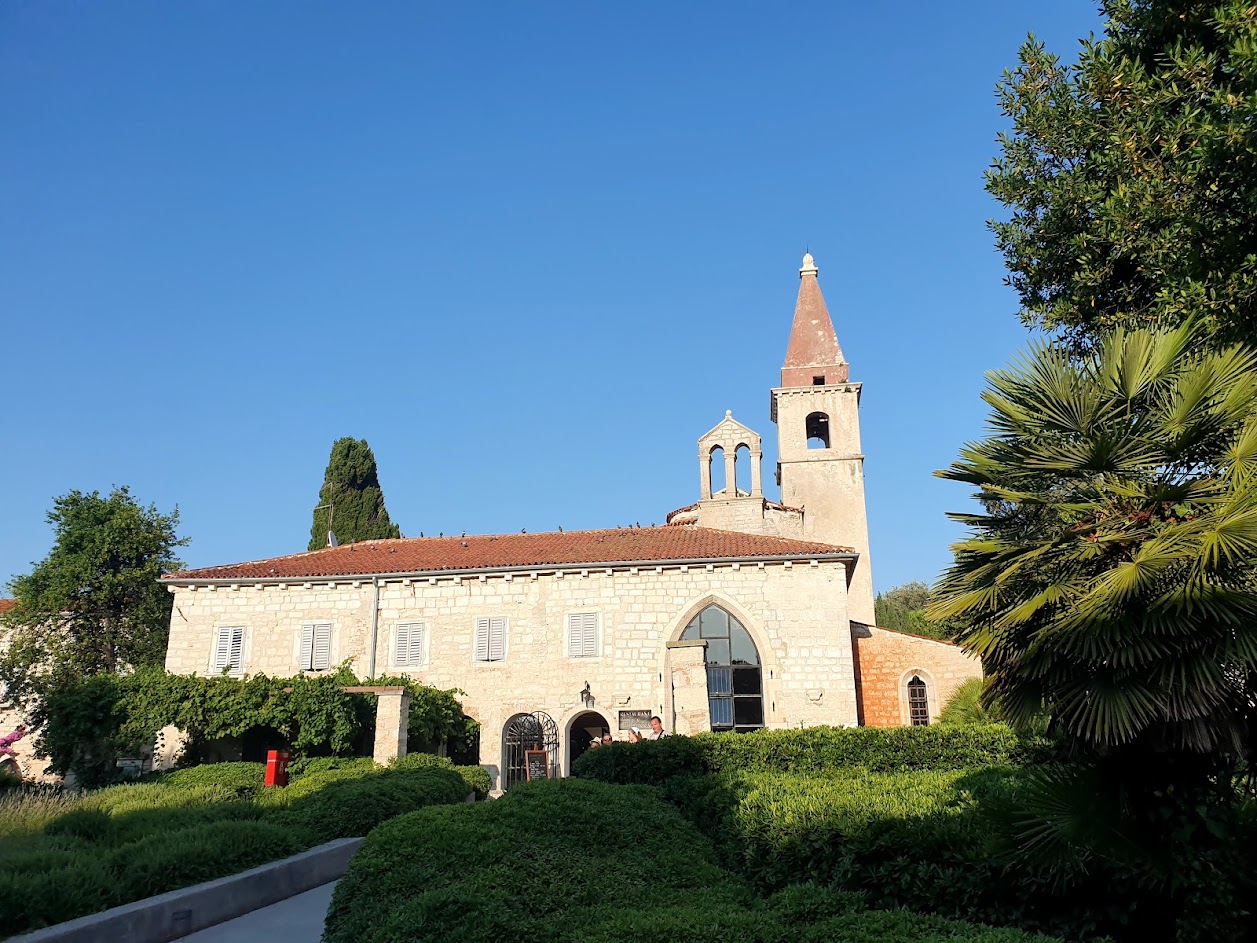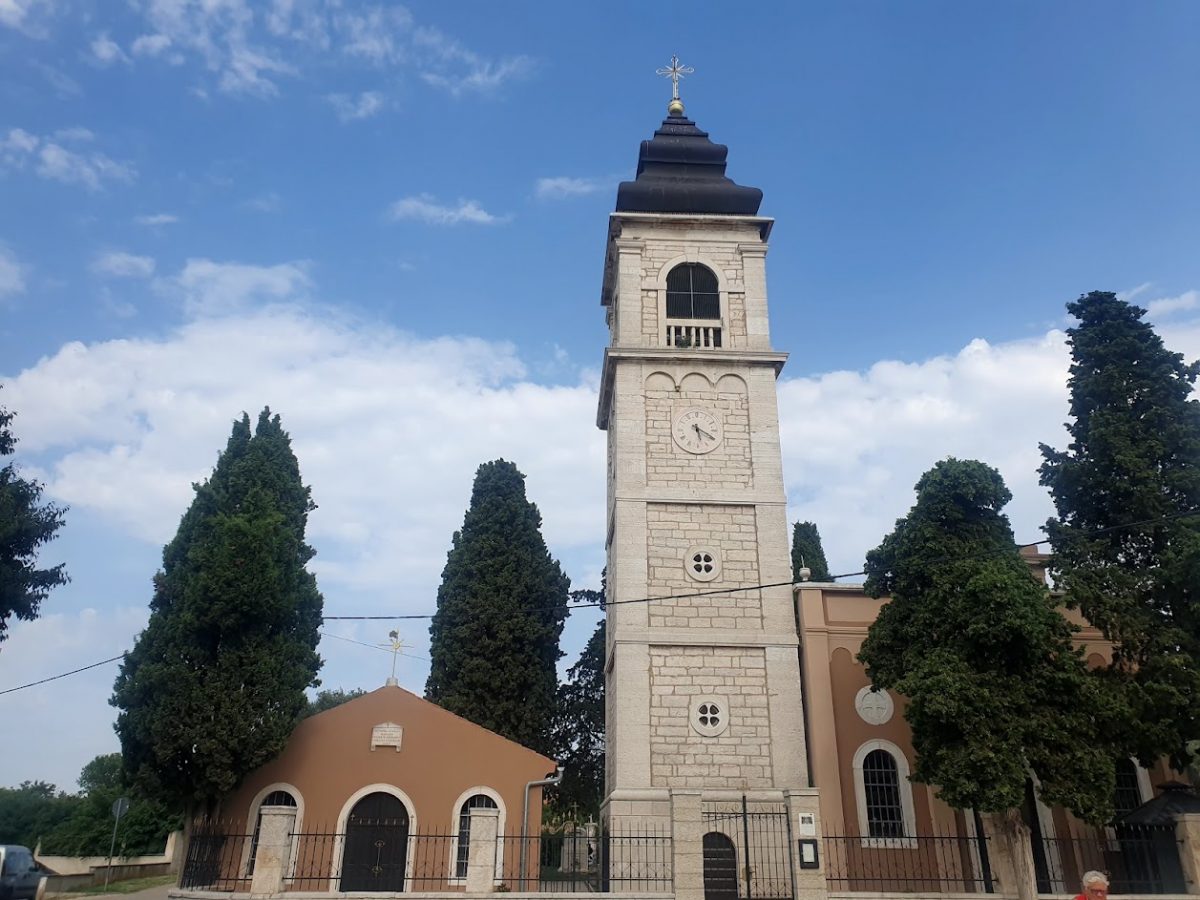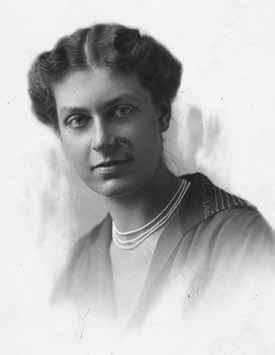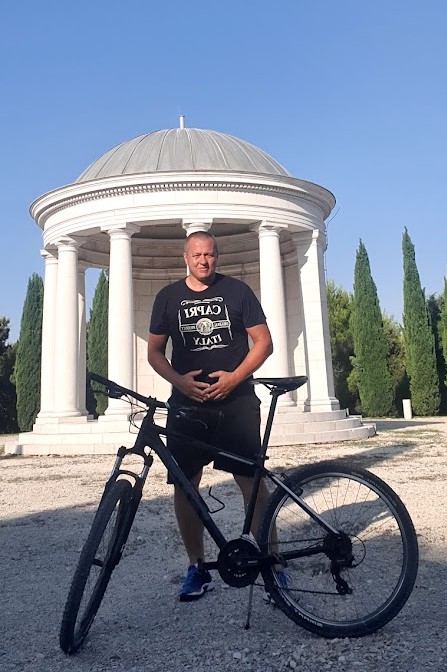Cycling in Istria – the wonders of St.Foška, the Montenegrins who settled in Istria in the 17th century in the Venetian Republic, the mysterious mummies in the church in Vodnjan and the exciting life and cruel death of Baroness Barbara Huetterott, once the owner of Red Island, situated across Rovinj.

A couple of days later, we transfer to Crveni Otok (The Red Island) across Rovinj for a few more days of rest. Namely, Sveti Andrija is connected to the neighbouring island of Maškin by an artificial land, which created Crveni Otok. As the boat approached the island, I noticed the outlines of an old church and something that looked like a luxury summer house that resembled those “in the literature from the Habsburg days”.
However, the history of the island of Sveti Andrija is much more dramatic than what could evoke an idyllic view from the deck of a ship. In the 6th century, the Benedictines built the first church and monastery on the island. Their founder was the Archbishop of Ravenna, Saint Maximilian, and they survived until the 13th century. Remains of a pre-Romanesque church from the 9th century, in which walls were once decorated with frescoes, have been preserved. In the mid-15th century, the island was handed over to the Franciscans who restored the church and the monastery. They remained intact until the arrival of the French in 1809. Since then, the decline of the church and monastery began when Napoleon came to the area, in his revolutionary and conquering zeal, which happened to every territory he subjugated (he expelled the Knights of St. John from Malta, abolished all monasteries in Venice except the Armenian…).
“The beauty of Istria fascinated Johann Georg Huetterott, but he invested very thoughtfully and innovatively at the time, with the idea of opening a climatic health resort”
The monastery was abolished here in the same year, and in 1820, the building was sold and turned into an oil mill. In 1891, the Huetterott family bought the island. They converted the monastery into a family castle-summer house and decorated it with works of art. They transformed the island into a park in which they planted numerous plants brought here from all over the world, over 180 of them. That is why Sveti Andrija was a favourite destination for tourists from all over Austria-Hungary.
In 1892, a cement factory was launched on the island, with the church bell tower serving as the factory’s chimney. The central part of the medieval Benedictine church has been preserved, which was incorporated into a residential villa in the 19th century, and today it houses a small maritime museum. The island fell into disrepair between the two wars. It was nationalized after 1945. The tourist complex was built in 1969, and Rovinj’s TDR privatized it during the 1990s. Today, it operates under the Maistra Hotel.
The turbulent life and tragic death of Baroness Barbara Heterot, the last owner of the Red Island, is worthy of a mention. She was a member of a German noble family whose grandfather Georg Karl Philipp Huetterott from Kassel, a German town in the province of Hesse, moved to Trieste, then the main Austrian port, in the middle of the 19th century, and her father Baron Johann Georg Huetterott moved to Rovinj a few decades later. Barbara was the co-founder of the first Istrian truffle research, discovery and export company called Azienda del Tartufo – Sella, Hütterott and C. Levade, founded in 1933 in Livade.

Barbara’s father Johann Georg Huetterott was born in 1852 in Trieste, and he was educated in Germany and in Antwerp, the Netherlands, where he graduated from a merchant school. He was a very successful entrepreneur and branched out outside Trieste. He is also credited with establishing business ties between Austria-Hungary and Japan, which he visited in 1874 on his trip around the world. Japan inspired him the most, as he stayed in that country for the longest time and made significant business connections, so in 1879, he became the first imperial Japanese consul in Europe based in Trieste. Johann Georg Huetterott was only 27 at the time, and in the same year that he became the Japanese consul, he married Maria Augustus and continued to accumulate wealth by being a successful businessman.

He was so rich that, in 1890, he bought several islands in the Rovinj archipelago at once, and only a year later, he became the owner of parts of the Rovinj coastline. He owned the islands of Sveti Andrija, Maškin, Šturag and Sveti Ivan na Pučini near Rovinj, as well as estates on the coast: Montauro, Monte Mulin, Monvi, Lone, Punta Corrente and Scarab. The beauty of Istria fascinated Johann Georg Huetterott, but he invested very thoughtfully and innovatively at the time, with the idea of opening a climatic health resort. The estates he bought were covered in olive groves, figs and vines, but Huetterott changed the landscape by planting the Mediterranean and exotic trees on an area spanning 115 hectares and thus forming a park/forest. He invited European nobility such as Maria Joseph, the mother of the last Austrian Emperor Charles, as guests, and unofficially hosted Crown Prince Franz Ferdinand. While presenting the natural attractions of Istria to the European aristocratic elite, he prepared the surroundings for the construction of the Cap Aureo tourist complex which comprised three hotels, a swimming pool, sports fields and family villas.
Johann Georg died in 1910, and there are two versions of the story about his death – according to one, he died of a stroke, and while others claim that he committed suicide because of the debt he had accumulated when building the Viribus Unitis ship for the Austro-Hungarian Navy.
After her father’s death, Barbara stayed with her mother to live in a castle on the island of Sveti Andrija which was owned by the family. Huetterott’s widow continued to run the business after her husband’s death, but she did not do well, so she had to sell part of the property. In the 1930s, Barbara took over the business and successfully ran a truffle company.
“In addition to truffles, Barbara was also involved in sailing, so in 1933, she founded the sailing association called Vela Arupinum in Rovinj, which was operative until the Second World War”
She ran newspaper advertising campaigns, attended trade fairs and worked to expand the market. To educate the Istrians about the value of truffles, she hired experienced truffle growers from Italy, and she especially took care of search dogs for whom, due to their great value, she bought insurance policies. The company also introduced a new product – canned truffles, which lasted longer in a can and were more accessible to geographically distant customers in Italy.
In addition to truffles, Barbara was also involved in sailing, so in 1933, she founded the sailing association called Vela Arupinum in Rovinj, which was operative until the Second World War, and which members, like Barbara, participated in numerous regattas. Because of the economic crisis that had erupted before the Second World War, Barbara was forced to go into agriculture. She and her mother grew fruits and vegetables on the island, and they also fattened dairy cows. They also owned fishponds in the bays of the island of Sveti Andrija and Maškin, as well as the Montauro quarry. Furthermore, they leased land, sold furniture, art, collections of weapons and jewellery. Difficulties in business became increasingly pronounced during the Second World War, which Marija and Barbara spent on the island, living rather modestly. After the end of the war, on June 1, 1945, the Huetterott family was declared an enemy of the state and all their property was confiscated. Since then, Barbara and Maria’s destiny are not known.

According to the documents in OZNA’s archives (OZNA was the Yugoslav counter-intelligence agency) relating to Istria, Barbara and Maria were arrested, although they did not behave in a hostile manner. The letters they wrote during the war testify to how it was not entirely clear to them what was happening in the world. Witnesses later claimed that the same people who arrested the baroness also looted her property and valuables. Given how ‘enemies of the state’ were punished, it’s not hard to guess what happened to Barbara and her mother.
The fate of Barbara and Maria Huetterott is covered in the novel “Islednik”, written by the Serbian writer Dragan Velikić. “Oh, if that were the case, it would be an easy death. The next day, the bodies were loaded into a motorboat, taken to the open sea, and dumped near the Banjola reef, where the sea is deepest. It was a team of OZNA executors. Their commander was a man who went by the name Pulčinović. He was accompanied by Baba, Spalato and Benusi from Rovinj, who was also nicknamed Cvikeraš. You are wondering how I know all this? From Lizette. She recognized the Huetterotts’ valuables that came to her for resale so many times,” Velikić writes. Academician Branko Fučić reported about the appearance of the Huetterotti family’s summer house after its owners were taken away when the Ministry of Education from Zagreb sent him to Istria immediately after the liberation with the task of recording and listing cultural property: “There were several rooms which you couldn’t even enter into because there were food leftovers, empty wine bottles, broken glasses and empty jewellery boxes were strewn across the floor which were quite dirty. There were even dirty dishes. This was all reminiscent of a truly abandoned castle!”
“After her father’s death, Barbara stayed with her mother to live in a castle on the island of Sveti Andrija which was owned by the family”
While cycling through the idyllic landscape of Crveni Otok, I come across a large circular mausoleum of the Huetterott family, built in the middle of the island of Maškin, in which Maria and Barbara are not buried. I think that there is some kind of curse by which the most beautiful and most romantic parts of the world are hiding the bloodiest secrets and testimonies of incomprehensible human cruelty. The island of Sveti Andrija is one such place.